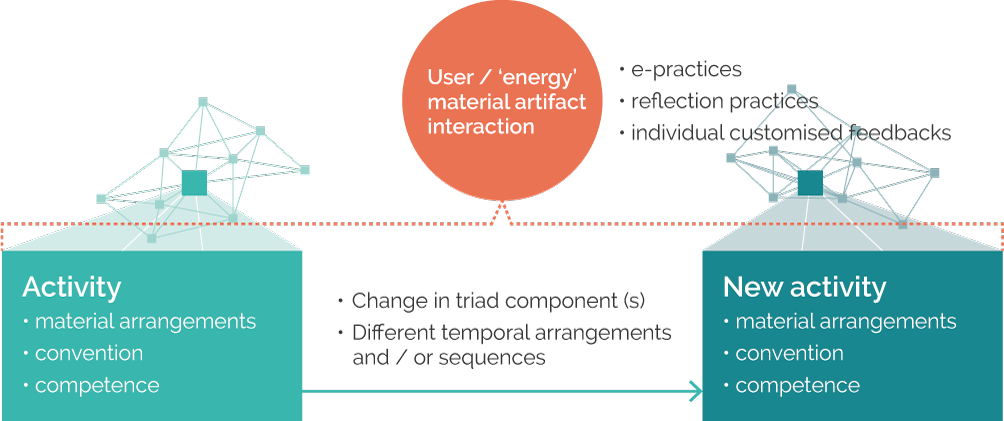Samuele Lo Piano and Stefan Thor Smith
Abstract
This contribution reviews the options proposed to reduce and/or act on the temporal profile of energy demand (flexibility), mainly at the residential level. Automated technology-driven options and/or monetary incentives towards behaviour shifting from end users are firstly examined. A relevant finding is the existing potential points of frictions between options aimed to reduce energy demand and those acting on its temporality.
The identified socio-economic drivers of residential energy demand patterns and temporality are discussed through the application of analytical frameworks for the coupling of energy and social systems, with the overall aim to gather a thorough understanding of energy demand and its temporality for more aware options for the control of energy demand and its temporal flexibility. A particular focus is dedicated to the perspective of social-practice theory for its capability of capturing relations between users and material artefacts, with a discussion of its theoretical principles and of its application in practical examples. Through examination of the dialogue between technological and social dimensions of energy demand and its temporality in the literature, assumption and epistemic uncertainty exploration lead to more aware energy demand options. Despite its significance, this research avenue remains largely unexplored. We suggest critical areas for development of this dialogue are: (i) the translation of meaning of demand in relation to concepts of non-negotiable energy end use effects associated with technology efficacy/efficiency, (ii) issues of new fixities resulting from intended technological demand flexibility, (iii) addressing issues of determinism in accounts of new technology impacts, (iv) implementation of demand side management and response technology with respect to social accounts of demand temporality.

Publication details
Lo Piano, S. and Smith, S.T. 2022. Energy demand and its temporal flexibility: Approaches, criticalities and ways forward. Renewable and Sustainable Energy Reviews, 160: 112249. doi: Opens in a new tab10.1016/j.rser.2022.112249
Banner photo credit: Alireza Attari on Unsplash
